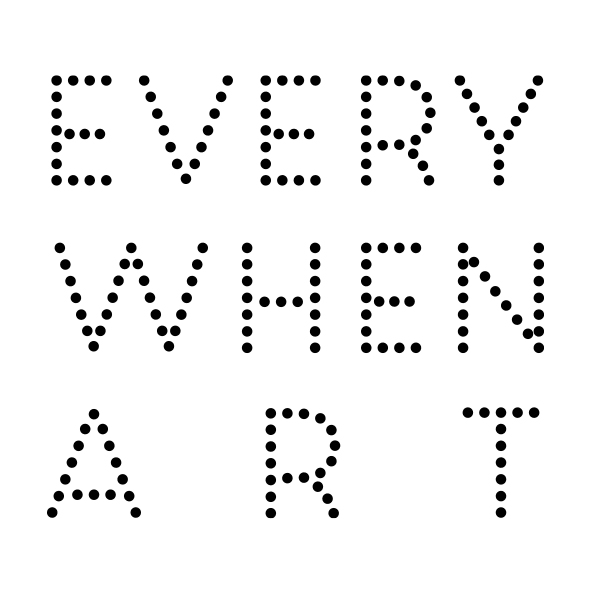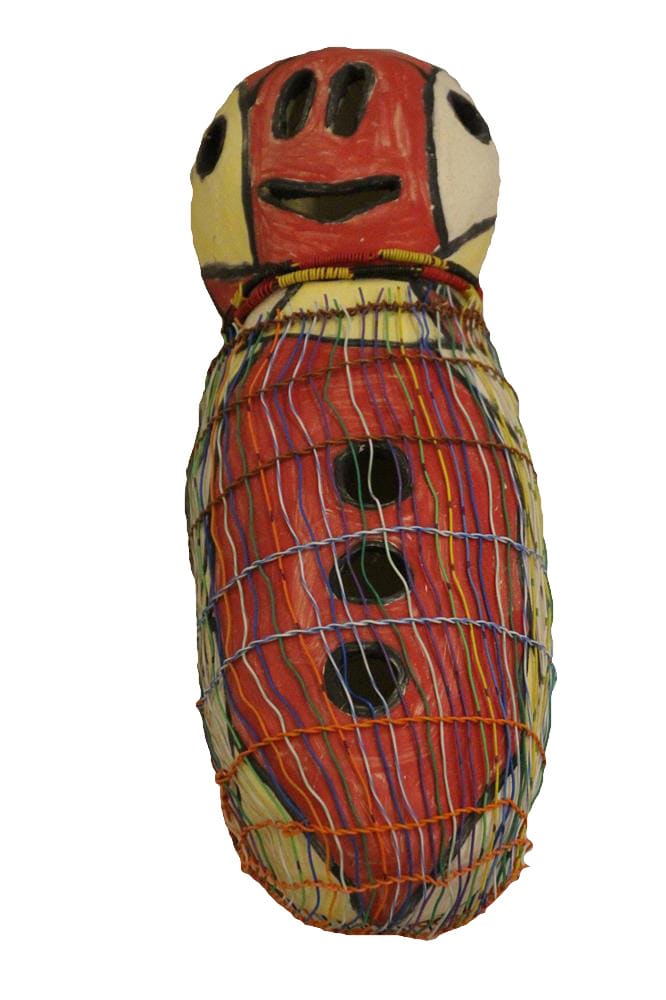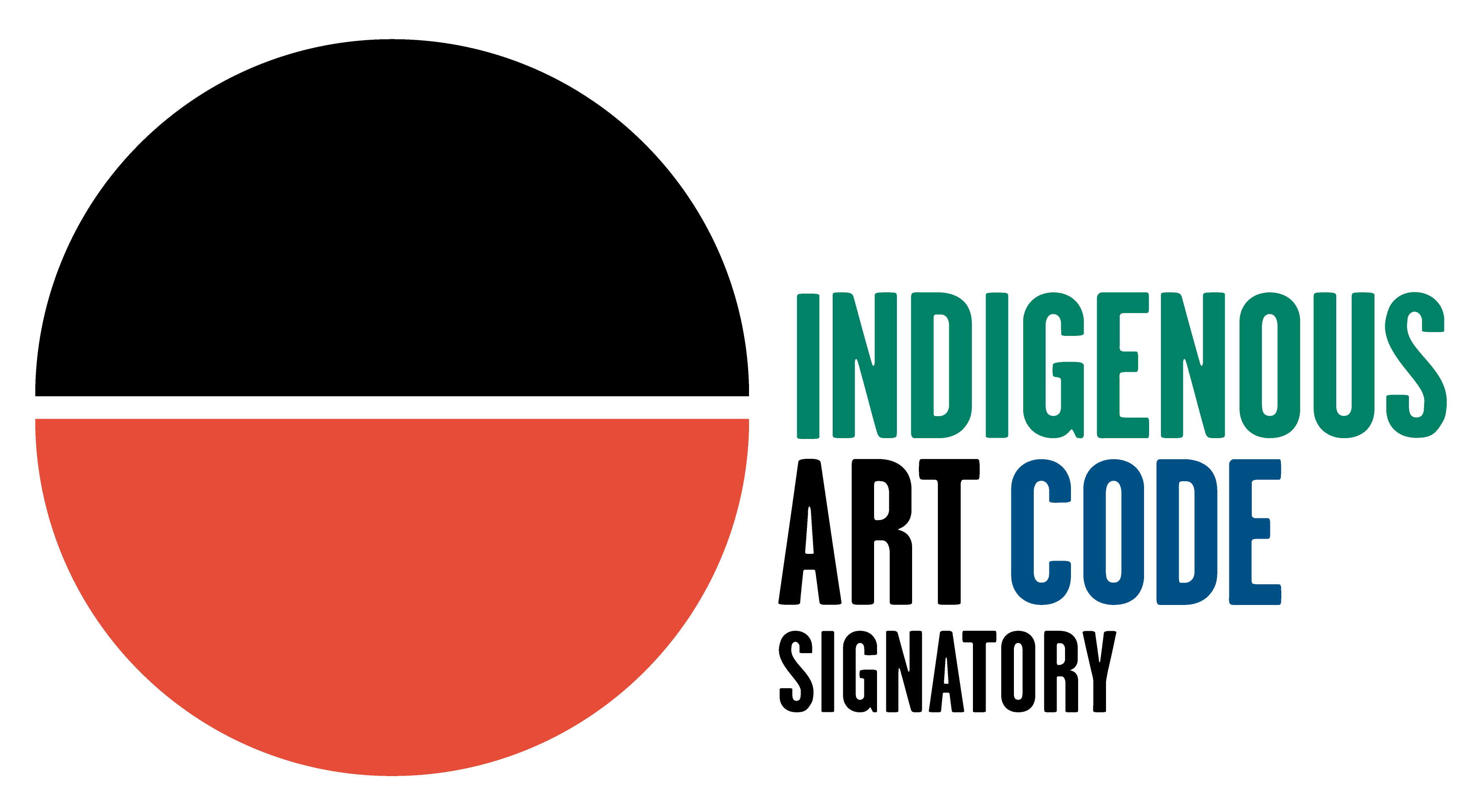Eileen Tep b. 1958
11 3/4 x 4 3/8 x 2 1/2 in
The form and imagery of the Bagu have their origins in the sky. A mystical spirit of fire, the Chikka-bunnah, would through the jiman (firesticks) across the sky and a trail of fire would follow. The subject of many campfire stories, this malevolent spirit was capable of ‘installing great fear; into the hearts of the beholders ,(From Girroo Gurrll by C.J Henry.) This bogey-man type figure was also a way to control children’s behaviour about the hazards in the world in which the old people lived. Based on the traditional fire making implements of the Girringun rainforest Aboriginal people, the artists have created artworks made from clay, timber and string to evoke the spirit of the old people. Traditionally the firesticks were made up of two parts, the Bagu (body) and Jiman (sticks). Bagu is normally made from the boogadilla (milky pine tree) and Jiman are made from mudja (wild guava tree). The bagu form was founded in the shape of a man, the mythical Chikka-bunnah. The spirit design was created with traditional clay and the ochre colours are magera (yellow) jillan (black) with wallaby blood and garba (white) ochre.
Bagu and Jiman were carried from place to place as the camps were moved. There was a special man whose job it was to look after the fire. The keeper of the fire would not dare to let the fire go out or he would be in big trouble, particularly in the wet season when it was difficult to find dry tinder.
“We were not allowed to put our finger in the holes of the Bagu. I’m not sure why. Maybe it was a way to keep the fire pure’ Gulgnay traditional owner, Doris Kinjun said.
Fire is a very important part of daily life especially for the old people. It was used for cooking, warmth, making traditional weapons, preserving and for ceremonies. It also provided a central point for social interaction and activities.
© Girringun Aboriginal Art Centre
SIGN UP TO OUR MAILING LIST FOR ALL THE NEWS
* denotes required fields
We will process the personal data you have supplied in accordance with our privacy policy (available on request). You can unsubscribe or change your preferences at any time by clicking the link in our emails.


